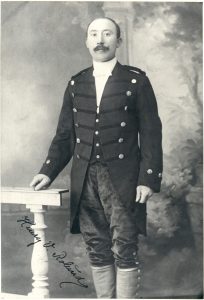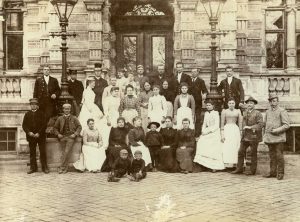New PhD Project Sheds Light on the Lives of Servants at Danish Manor Houses
Led by historian Søren Broberg Knudsen, this new project explores both the relationship between landowners and their servants, as well as the interactions among the servants themselves, spanning the period from 1750 to 1920.
The project will map out the servants’ roles, hierarchies, and organizational structures to uncover the social dynamics and power relations that shaped their daily lives. Special attention will be given to the highest-ranking servants, who acted as intermediaries between the landowner and the rest of the staff. Søren Broberg Knudsen explains:
“There was a clear and significant distinction in the status of servants, with a very pronounced hierarchy among them. This PhD project will focus particularly on the leading servants, such as housekeepers and managers, who served as middle managers at the manor. They acted as representatives of the landowner, enforcing his authority over the lower-ranking staff. The project will examine the unique social dynamics that emerged when power was exercised through a proxy and seek to understand the broader implications of this for the manorial estates as centers of service.”
The project traces the evolution of the role of leading servants from 1750 to 1920, thus reflecting the broader societal shift from a household-oriented structure, in which both family members and servants coexisted, to the more individualistic society that emerged in the 20th century.
The PhD project is a collaborative effort between Aarhus University, the National Museum of Denmark, and the Danish Center for Manor House Research. It is part of the collective research initiative “Always at Your Service: The Household as an Idea and Practical Arrangement at the Manor House,” supported by the Augustinus Foundation.


